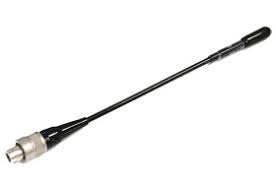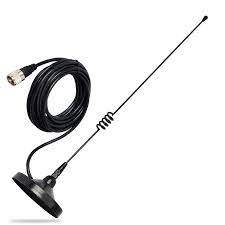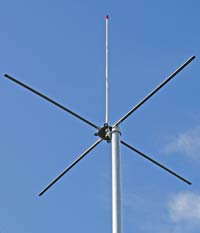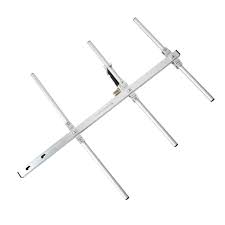Handheld two-way radios are powerful communication tools, but their performance can sometimes be limited by range and signal quality. Adding an external antenna for a two-way radio is one of the most effective ways to extend coverage, improve clarity, and ensure reliable communication in demanding environments. In this guide, we’ll explain why an external antenna matters, the common antenna types, how to install them, and what benefits you can expect.
Why Add an External Antenna to a Two-Way Radio?
The built-in antennas on handheld radios are compact and convenient but often limited in performance. An external antenna for a two-way radio enhances the ability to transmit and receive signals over greater distances. This is especially useful in industries like security, logistics, construction, and outdoor recreation, where strong and clear communication is essential. By improving signal strength, external antennas reduce static, minimize dead zones, and deliver a stronger, more reliable connection.
Types of Two-Way Radio External Antennas
- Whip Antennas
Flexible and durable, whip antennas are commonly used for handheld radios. They provide a noticeable boost in signal compared to stock antennas.
- Mag-Mount Antennas
Ideal for vehicles, mag-mount antennas attach easily to metal surfaces like a car roof. They provide a quick way to extend range while on the move.
- Base Station Antennas
These are larger, fixed antennas designed for permanent installations. They are ideal for improving coverage across wide areas in offices, warehouses, or outdoor sites.
- Yagi Antennas
Directional Yagi antennas focus signals in a specific direction, making them useful for long-distance communication between two fixed points.
How to Install an External Antenna for a Two-Way Radio
Step 1: Choose the Right Antenna
Select an antenna compatible with your radio’s frequency band (UHF, VHF, or dual-band). Ensure the connector matches your radio model.
Step 2: Mount the Antenna
For mag-mount antennas, place them on a flat, metallic surface. For base or Yagi antennas, install them on a mast, rooftop, or pole for maximum height and coverage.
Step 3: Connect the Coaxial Cable
Use a high-quality coaxial cable to connect the external antenna to your two-way radio. The cable should be as short as possible to reduce signal loss.
Step 4: Secure and Test
Tighten connections, power on the radio, and perform a signal test. Adjust antenna positioning if necessary to optimize performance.
Benefits of External Antennas
Once installed, an external antenna for a two-way radio provides significant improvements:
Extended communication range, often doubling or tripling the coverage area.
Enhanced signal clarity with less interference and background noise.
More reliable communication in challenging environments such as urban areas, forests, or large industrial sites.
For businesses, this means improved productivity and safety, while hobbyists and outdoor enthusiasts benefit from better connectivity on the go.
Conclusion
Upgrading your handheld device with an external antenna for a two-way radio is one of the smartest investments you can make for better communication. With various antenna types—whip, mag-mount, base station, and Yagi—you can find the perfect match for your needs.





